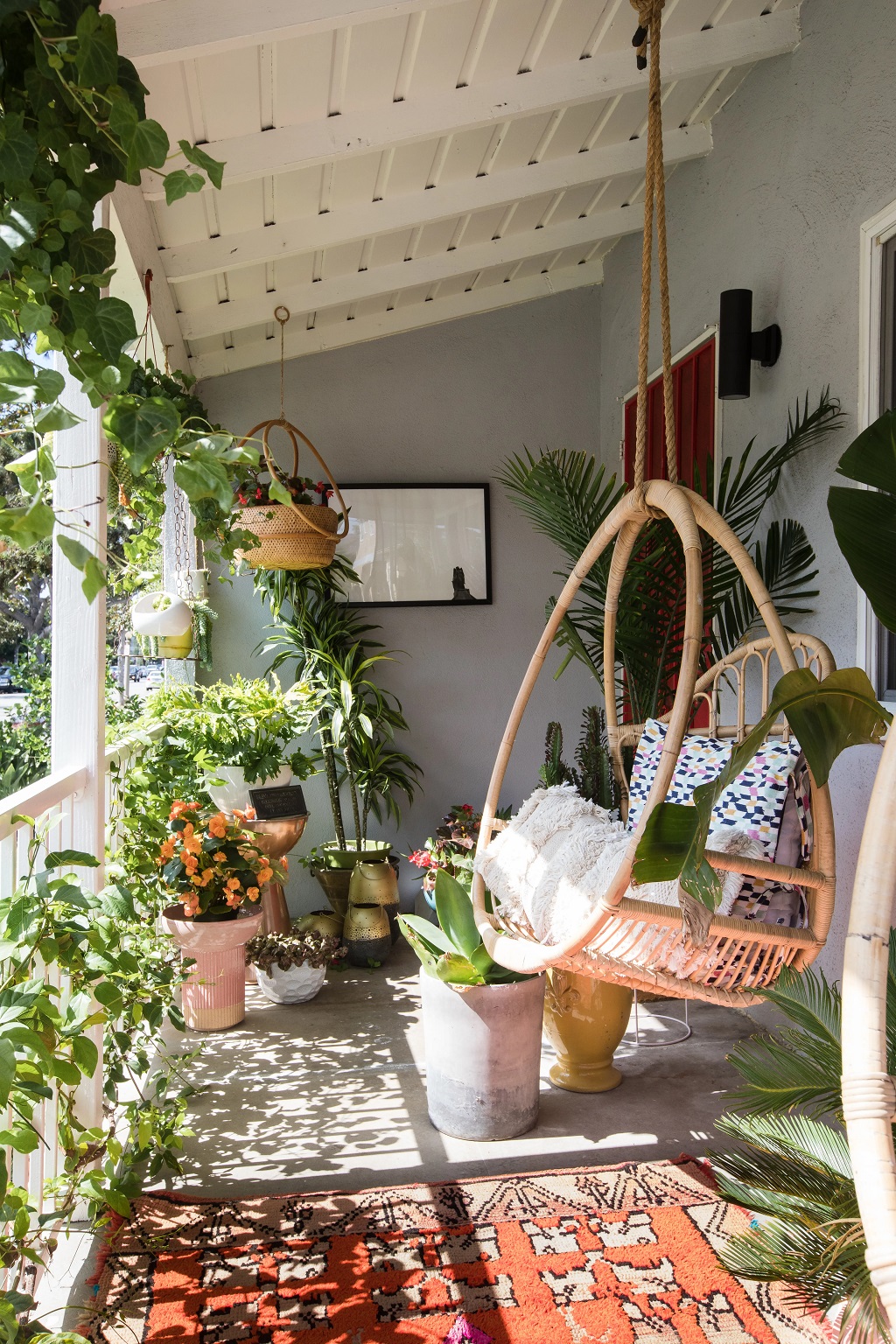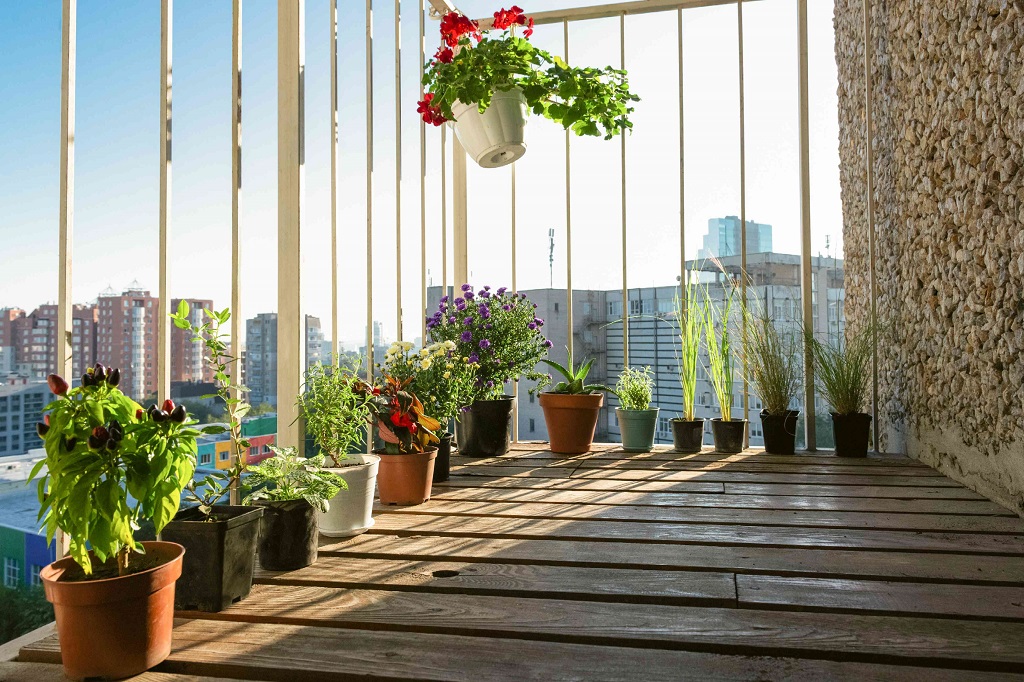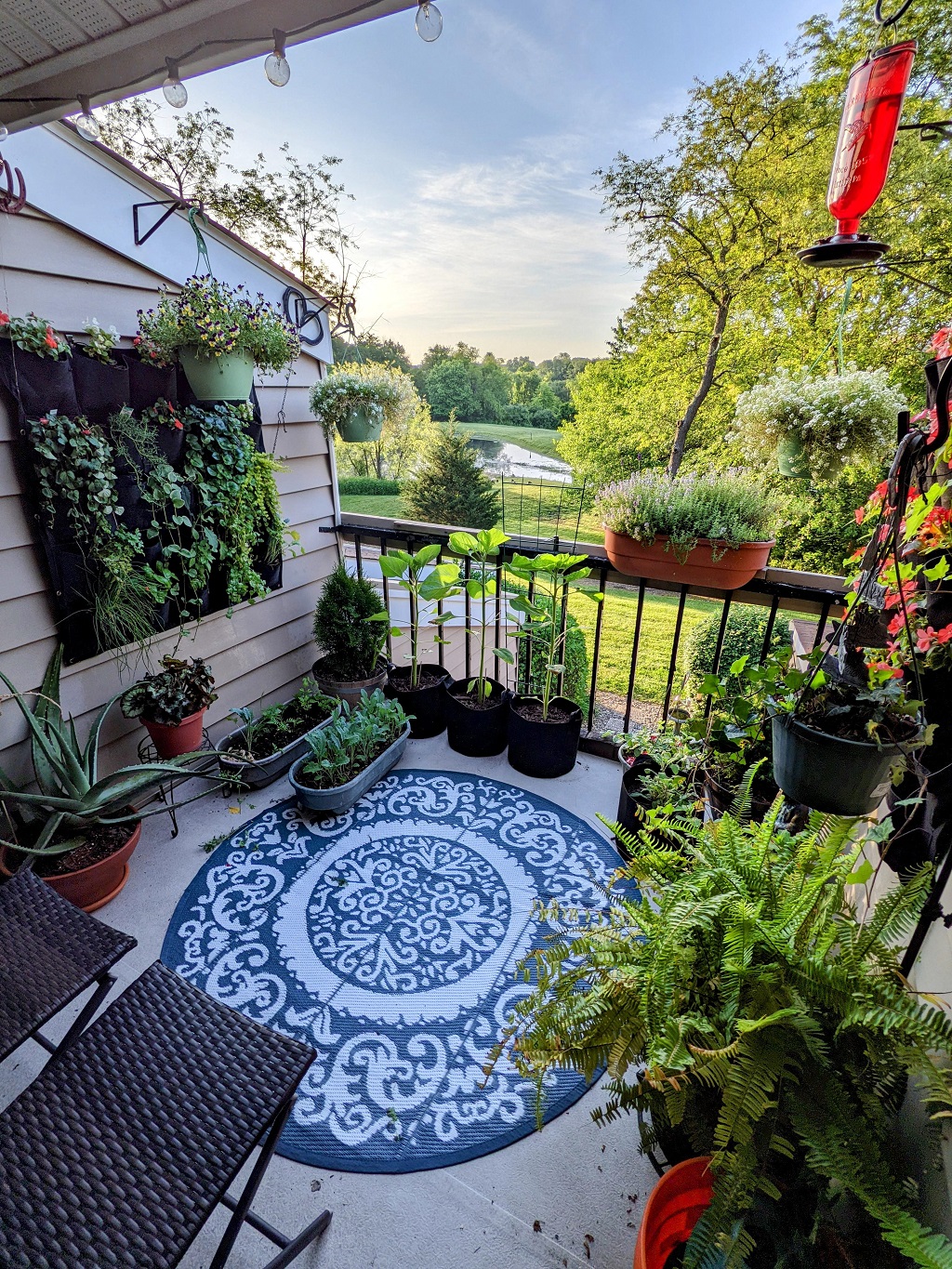
To make a balcony garden, choose suitable plants and containers. Consider the balcony’s sunlight and space.
Creating a beautiful and functional balcony garden requires careful planning. With limited space, selecting the right plants and containers is essential. When choosing plants, consider the amount of sunlight your balcony receives and the available space. Additionally, think about the overall look and feel you want to achieve.
Whether you prefer a lush green oasis or a vibrant mix of colorful flowers, planning will help you create a stunning balcony garden. Furthermore, incorporating decorative elements and proper care and maintenance will ensure your balcony garden thrives throughout the seasons.
Choosing The Right Plants
When creating a balcony garden, choosing the right plants is crucial. Begin by considering the amount of sunlight and temperature your balcony receives. Next, evaluate your balcony’s microclimate to identify the conditions impacting plant growth. Once you have this information, select plants that thrive in these conditions, such as heat-tolerant varieties for sun-drenched balconies or shade-loving plants for more excellent, shadier locations.
 Preparing Your Balcony
Preparing Your Balcony
When creating a balcony garden, assessing the space and weight capacity is essential to ensure it can accommodate the plants and containers. This will prevent any safety issues or damage to the balcony. Also, create a drainage system to ensure proper water flow and avoid water accumulation, which could lead to rot or water damage. By taking these steps, you can prepare your balcony for a thriving garden.
Selecting Containers
If you plan to create a balcony garden, one of the essential aspects is selecting the proper containers. Evaluating various material options is crucial for the long-term success of your garden. Be sure to choose containers that provide adequate drainage for the plants. This will prevent water stagnation and potential damage to the roots. Consider materials like terracotta, plastic, or metal, as they are durable and lightweight.
Additionally, make sure to select containers that match the aesthetic appeal of your balcony. This will enhance the overall visual appeal of your garden and create a harmonious ambiance. Keep in mind that the containers should be easy to clean and maintain. Investing in high-quality containers will ensure the longevity of your plants and provide a satisfying gardening experience.
Soil And Fertilizer
Learn how to create a vibrant balcony garden by focusing on the essentials: soil and fertilizer. Discover the right mix to ensure your plants thrive in a limited space.
| Soil and Fertilizer |
| Choosing the right soil mix is crucial for your balcony garden. Opt for a high-quality potting mix that contains organic matter, such as compost and peat moss. This will provide essential nutrients and promote good drainage. Avoid using garden soil as it may have weed seeds and pests. Additionally, consider adding vermiculite or perlite to improve aeration and water retention. |
| Understanding your plants’ fertilizer needs is essential for their growth. Different plants require different nutrients, so choose a fertilizer that matches their requirements. You can opt for granular or liquid fertilizers. Slow-release fertilizers are also a good option, as they provide a steady supply of nutrients over time. Apply fertilizer as directed on the packaging, taking care not to over-fertilize, as this can harm your plants. Regularly monitor the health of your plants to determine if any adjustments need to be made in their fertilizer regimen. |
 Planting And Maintenance
Planting And Maintenance
Planting a balcony garden can be a rewarding experience for those with limited outdoor space. To maximize success, it’s important to utilize effective planting techniques. Begin by selecting plants suitable for container gardening based on sunlight requirements and available space. Ensure containers have proper drainage holes to prevent waterlogging. Fill the containers with a well-draining potting mix, and consider adding a layer of gravel at the bottom for additional drainage. When watering, water deeply, allowing excess water to drain out. Regularly check moisture levels by sticking your finger an inch into the soil – water when it feels dry. Prune your plants regularly to promote healthy growth and maintain their shape.
Following these planting and maintenance tips can create a vibrant and flourishing balcony garden.
Planting Techniques
- Select plants suitable for container gardening.
- Ensure containers have proper drainage holes.
- Use a well-draining potting mix.
- Consider adding a layer of gravel for additional drainage.
- Water deeply and allow excess water to drain out.
- Regularly check soil moisture levels – water when dry.
- Prune regularly to promote healthy growth and maintain shape.
- Remove dead or decaying leaves and flowers.
Watering And Pruning Tips
- Water deeply to ensure thorough hydration.
- Allow excess water to drain out to prevent waterlogging.
- Check soil moisture levels regularly.
- Stick your finger an inch into the soil – water if dry.
- Prune plants to promote healthy growth and maintain their shape.
- Remove any dead or decaying leaves and flowers.
Frequently Asked Questions For How To Make Balcony Garden
What Are The Benefits Of Having A Balcony Garden?
Having a balcony garden not only adds natural beauty to your space but also allows you to grow your fresh produce, create a peaceful oasis, and enjoy the therapeutic benefits of gardening.
How Do I Choose The Right Plants For My Balcony Garden?
Consider the amount of sunlight your balcony receives and the available space. Opt for plants that thrive in your climate and match your gardening skills. Additionally, choose plants with compact growth habits, such as dwarf varieties or those suitable for container gardening.
What Type Of Containers Should I Use For My Balcony Garden?
Choose lightweight and durable containers suitable for the plants you wish to grow. Options include clay pots, plastic containers, hanging baskets, and window boxes. Ensure that the containers have good drainage to prevent waterlogging.
How Do I Care For My Balcony Garden During Different Seasons?
During warm seasons, provide adequate water, fertilize regularly, and protect plants from excessive heat. In colder months, protect plants from frost, reduce watering, and consider bringing sensitive plants indoors. Adjust your care routine based on the plants’ specific needs in your balcony garden.
Creating a beautiful and thriving balcony garden is simpler than you may think. By selecting the right plants, utilizing vertical space, and implementing proper care techniques, you can transform your balcony into a green oasis. Transforming spaces for comfort and enjoyment is made simple with careful planning and regular maintenance. Your balcony garden can become a peaceful retreat and a showcase for your gardening skills, offering a serene haven for relaxation. So, unleash your creativity, get your hands dirty, and enjoy the rewards of your little garden in the sky.






